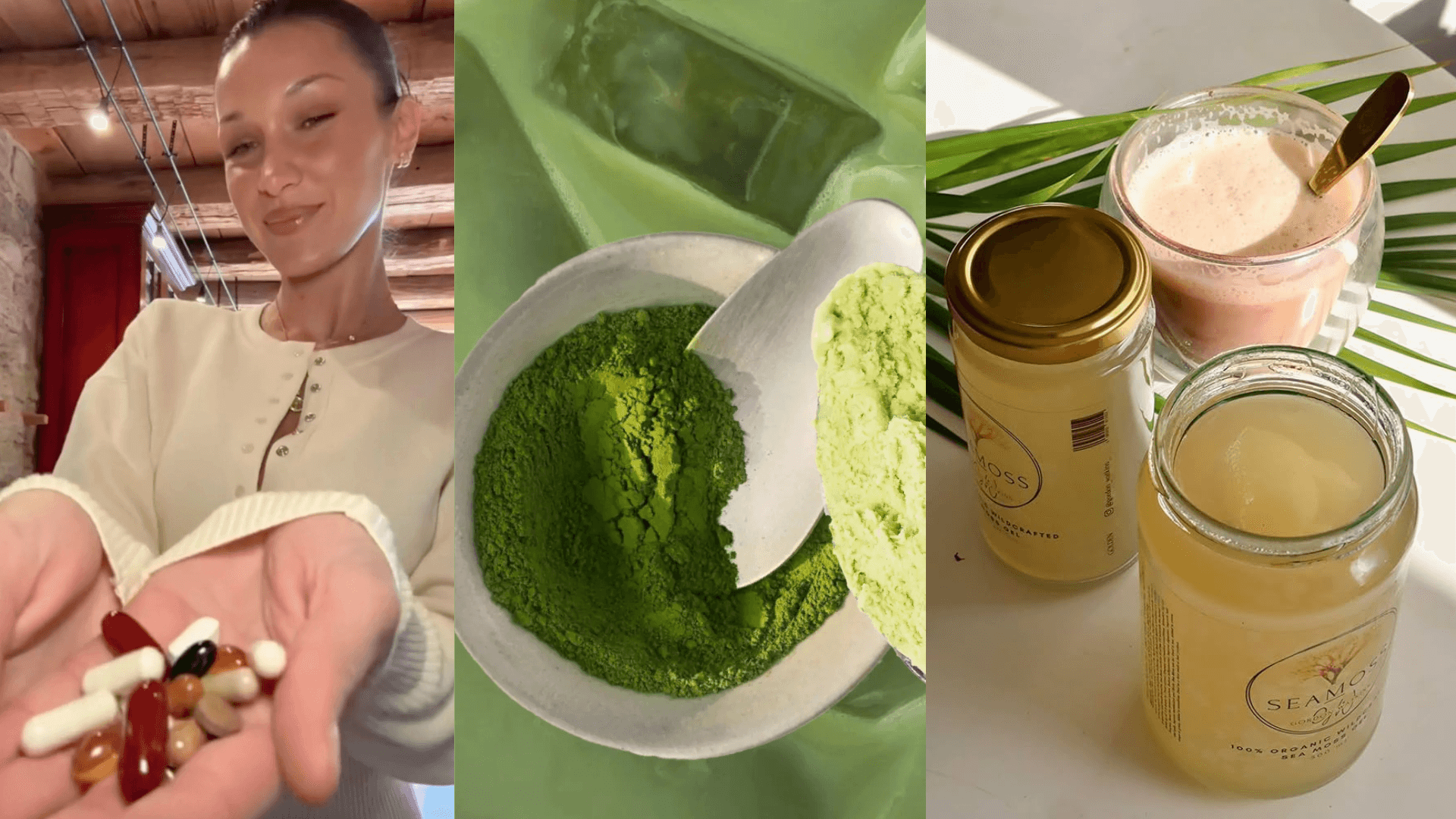Thanks to health conscious Gen Z and their elder Millennial comrades, the wellness industry is booming like never before. But could this obsessive fixation on optimizing our health be making us sick in the long run?
I recently came across a video by an fitness creator that left me pretty perplexed, to say the least. The creator was a few weeks into following a new diet as part of her ‘cutting’ phase (the opposite of bulking), and said that she would probably continue eating this way ‘for the rest of her life’ because it had noticeably lowered her inflammation levels and made her feel energised.
Then she proceeded to show me what she eats in a day.
Between the sea moss gels, hydration sachets, kefir drinks, and numerous probiotic sodas, it was hard not to notice that the vast majority of the liquids she was consuming came either in powder form or had been poured out from tin cans. I wondered when she was going to finally drink some good old fashioned WATER, but she never did – at least not on camera.
Granted, when not working out or guzzling the latest health-optimising drink of the day, she did make time to eat three solid meals made up of nutritious, whole foods. For this reason, I couldn’t knock her entirely, but the video did leave me with a weird feeling – and a few questions.
When did we become so obsessed with hitting every possible nutrition gap every single day? Is consuming this many vitamins and minerals on a daily basis even necessary for maintaining our prolonged wellbeing?
Our ancestors would likely say it isn’t, having lived on a limited selection fruits and vegetables which they ate according to each season.Getting a mango or watermelon in the middle of January was out of the question if you lived in the northern hemisphere, and you wouldn’t want to even bother bringing up the topic of sea moss supplements and hydration sachets.
Our newly health-obsessed society, on the other hand, is a product of highly-effective marketing techniques deployed under a capitalist system.
Wellness companies have worked with prominent figures and celebrities to bring health-related language and once-obscure wellness practices into the mainstream, while information (legit or not) about hormones, pH balances, and cortisol levels have been pushed to the forefront of our everyday conversations – especially online.


















